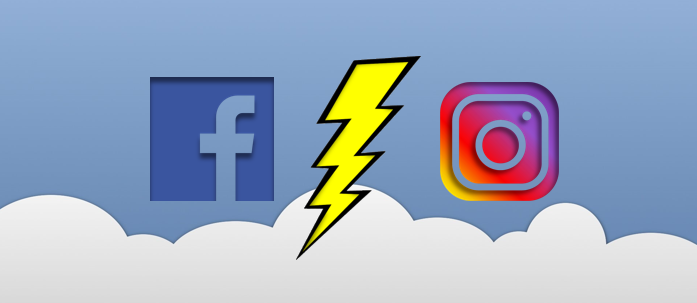| Instagram Advertising tools Paid Promotions: When it comes to user engagement, Instagram is second to none. Brands can boost their post to reach this massive active user base of 1 billion. Ad promotion works on (CPM) Cost per 1000 impressions basis. Business Account: Business profiles on Instagram has high user following. Brands must start by creating their business page which represents their business. They must aim to share product details creatively so that the content gets viral and reaches a larger audience. Stories: This feature was first incorporated by Instagram. Brands can share stories to educate their users. Swipe up feature allows users to click on stories and engage with them. Insta Live: Live feature is also available on Instagram. When a brand plan to go-live their followers get a notification and they can tune in. This feature enables brands to expand their reach and target new users as well. Insta Shopping: This feature allows brands to post content with a product tagged to it. Users can just click and make the purchase. There is no requirement of having a website or webpage. Insta DM: Just like messenger, brands can connect with their consumers and provide the required information at the right moment. This feature allows brands to stay in front of their customers. | Facebook advertising Tools Paid Ads: Facebook paid ad feature provides an opportunity for brands to target users based on their interest, profile, demographics, and location. The paid ad works on (CPC) Cost-per-click basis where brands only pay for successful clicks. Facebook Business Pages: These are free pages through which brands create their business profile. Multiple marketing options are available including image posting, video, Going Live, Events and Fan Groups. Facebook Groups: Usually when a user is looking for some product details on Facebook, they start searching if there is a group. Brands can create groups based on product categories and invite users with similar interests to join those groups. It enhances engagement in terms of discussions and content sharing. Facebook Events: Brands can organize a webinar, product demonstrations to pull users on their business page. Facebook Live: It’s a brilliant feature to expand its reach. Brands can go-live to showcase the launch of new products. Brands must ask questions to engage the audience and know their feedback. Facebook Stories: Similar to Instagram, Facebook also came up with a story features. We can have a personal page story, business page story, messenger story or group page story. These stories are effective source of content sharing which has higher view rate. Messenger: Brands can utilize Facebook messenger tool to stay in touch with their audience. They can install Chatbots to answer user queries 24*7 and which could also guide them in taking decisions regarding what options to choose. |
